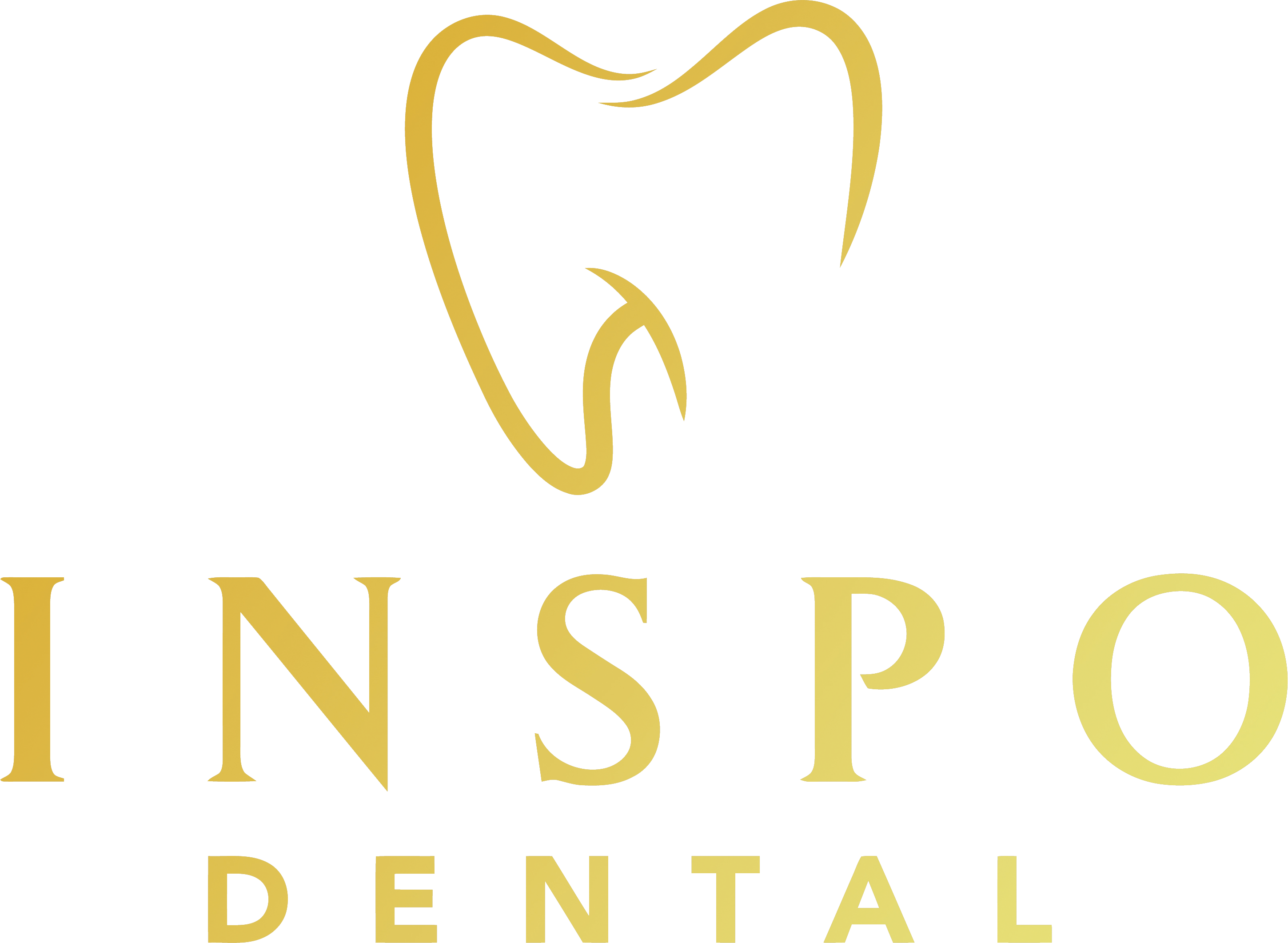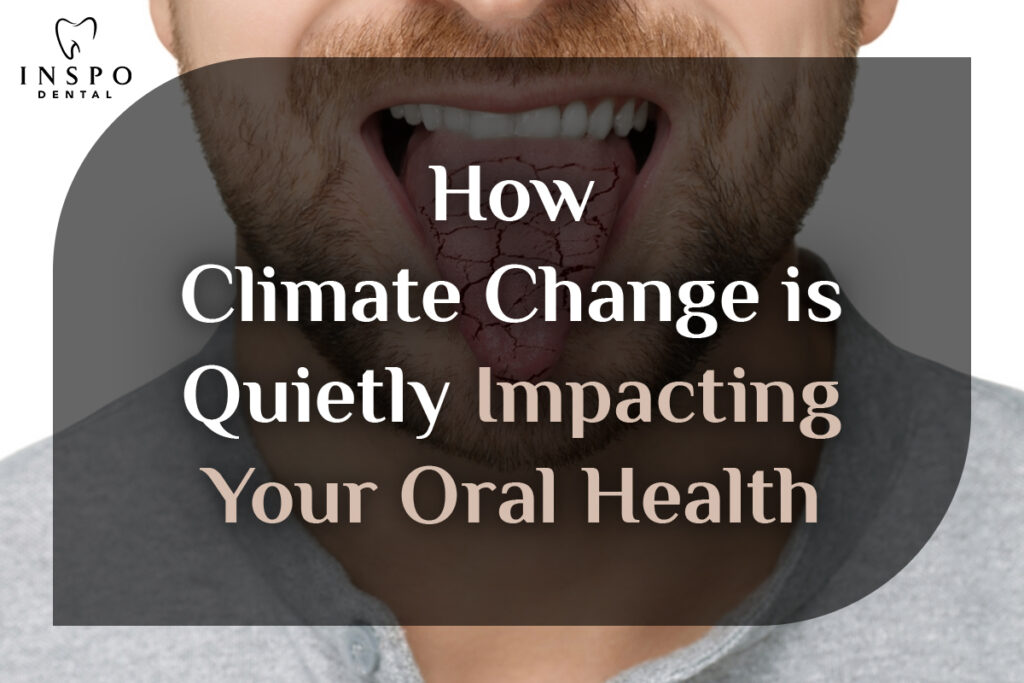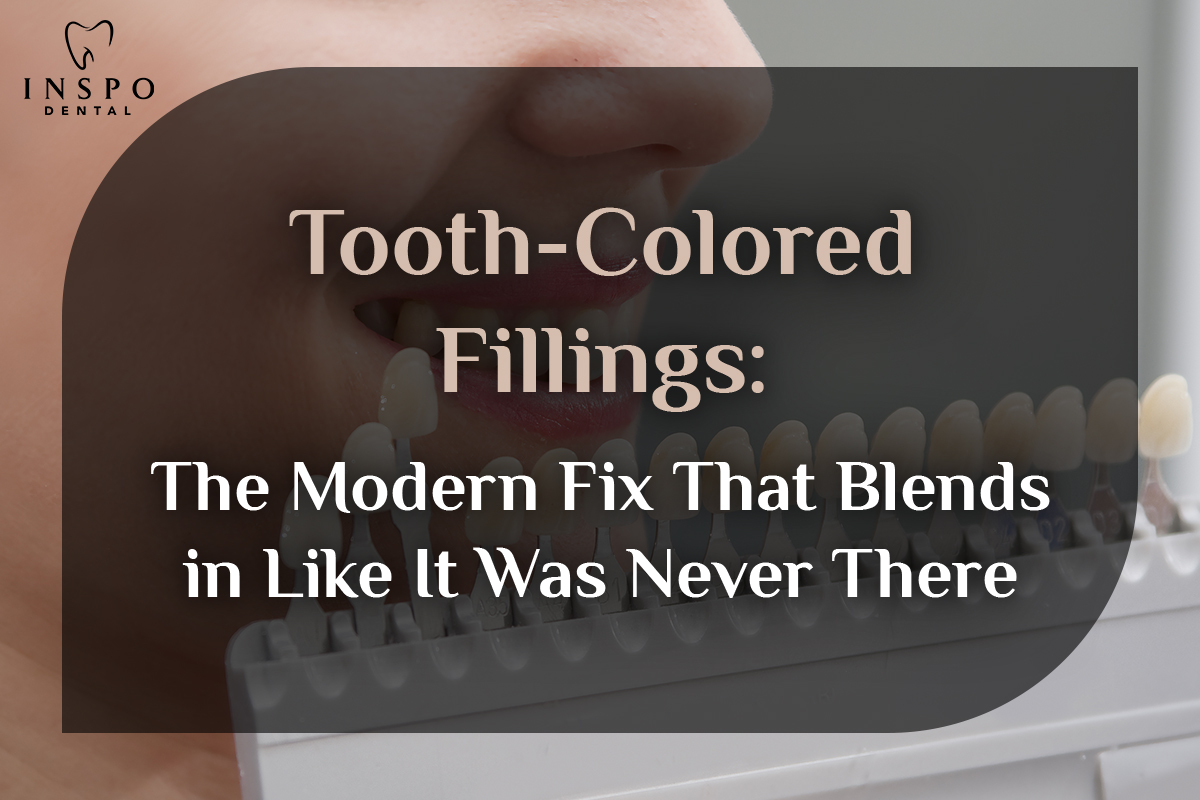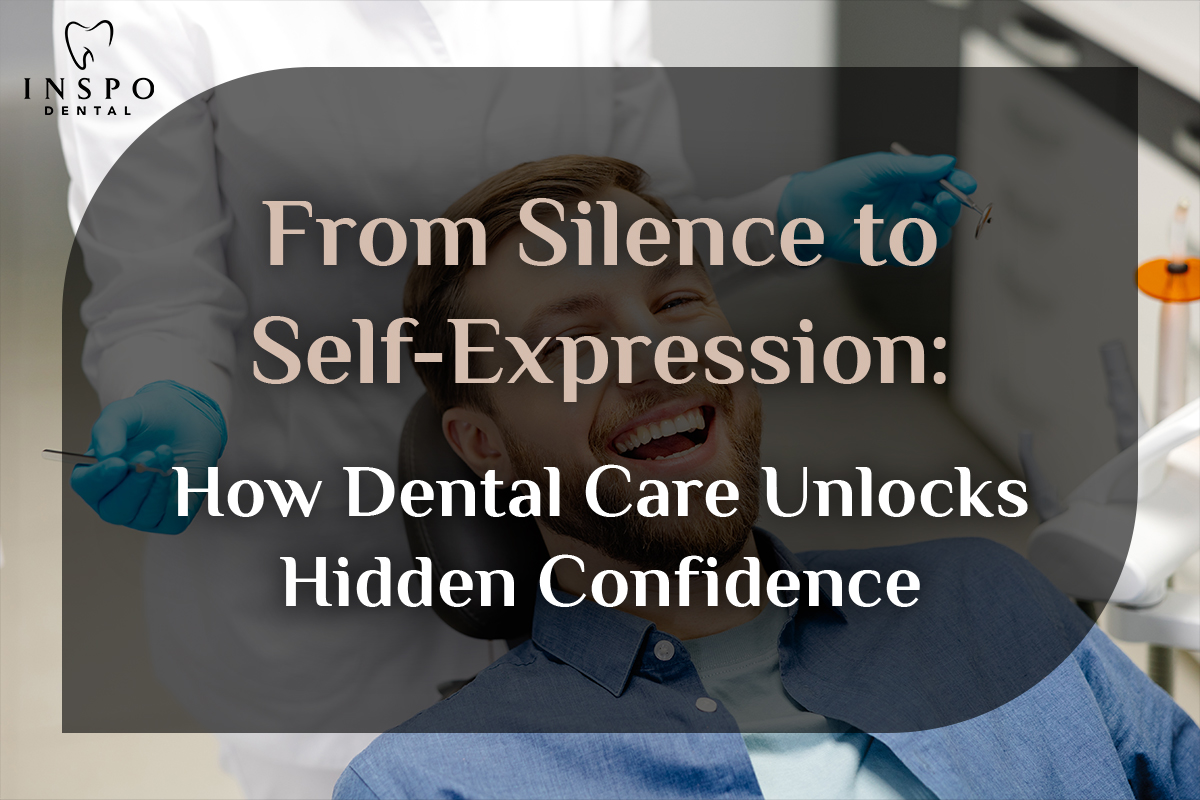🌍 Understanding the Link Between Climate Change and Human Health
When most people think of climate change, their minds jump to rising sea levels, extreme weather, or global food shortages. But one of the most overlooked consequences is its impact on human health—especially oral health. While it’s easy to assume that your teeth and gums are immune to environmental shifts, the reality is quite the opposite.
Recent research suggests that climate change indirectly and directly affects dental conditions, increasing vulnerability to gum diseases, enamel erosion, tooth decay, and oral infections. Understanding this link is critical to staying ahead of hidden health threats.
💡 Why Oral Health is Often Overlooked in Climate Discussions
Oral health has traditionally been seen as separate from general health. This outdated perspective prevents many healthcare discussions—especially around climate change—from including dental implications. But the mouth is the entry point to the body, and poor oral conditions are often precursors or symptoms of deeper systemic issues.
✅ Gum inflammation is linked to heart disease
✅ Tooth loss correlates with poor nutrition and systemic health decline
✅ Dry mouth can signal environmental or pharmaceutical influences
So when climate disrupts access to clean water, alters dietary patterns, or impacts air quality, your mouth feels it first.
🔥 Rising Temperatures and Increased Risk of Dental Diseases
Climate change is raising global temperatures. Heatwaves are longer, summers are hotter, and even nights don’t cool down like before. But how does that affect your teeth?
Dehydration is one of the first concerns. When the body loses water, saliva production decreases. And saliva is essential—it helps clean your mouth, neutralizes acids, and fights bacteria.
🔍 Without enough saliva:
- Cavities form faster
- Bad breath becomes common
- Gum disease risk increases
- Oral infections thrive
Rising temperatures also contribute to increased mouth breathing, especially during sleep. This leads to dry mouth, which accelerates tooth erosion and bacterial buildup.
💧 Water Scarcity and Fluoride Deficiency
In many parts of the world, water scarcity is becoming the new normal. Prolonged droughts and drying reservoirs force communities to rely on alternative sources that may lack proper fluoride levels—a critical mineral for dental health.
💡 Fluoride helps:
- Strengthen enamel
- Resist acid attacks from plaque
- Reverse early tooth decay
If clean, fluoridated water becomes less accessible:
✅ Cavities increase, especially in children
✅ Enamel demineralization becomes more frequent
✅ Overall dental care costs rise due to preventable issues
In communities already vulnerable to dental care access issues, this creates a public health crisis hidden beneath the surface.
🏭 Air Pollution’s Hidden Effects on Your Teeth and Gums
Air pollution is often measured in terms of respiratory harm, but it quietly affects the mouth, too. Fine particulate matter (PM2.5) and toxic gases like nitrogen dioxide can cause chronic inflammation in soft tissues—including the gums.
🔐 Here’s how polluted air affects your mouth:
- Inhaled pollutants trigger oxidative stress in oral tissues
- This stress leads to weakened gum defenses
- Exposure is linked to periodontal disease and oral cancers in long-term studies
Moreover, polluted environments often mean limited access to outdoor spaces and fresh food, which indirectly affect dietary habits—an essential part of oral health.
🌡️ Climate-Driven Dietary Shifts and Their Impact on Oral Health
As climate change alters agriculture, food systems are shifting. Staples like fruits, vegetables, and grains are becoming less accessible or more expensive, pushing populations toward highly processed, carbohydrate-heavy diets.
📊 These diets:
✅ Fuel cavity-causing bacteria
✅ Increase plaque production
✅ Disrupt the balance of oral microbiota
On top of that, people drink more sugary or acidic beverages (like sodas or energy drinks) to cool down, further damaging enamel and increasing acid erosion.
What we eat and drink is heavily shaped by availability. Climate-driven scarcity will force populations to adapt diets—often at the expense of dental wellness.
✅ Key Oral Health Risks Triggered by Climate Change
To summarize, here are the top dental risks tied directly to climate change:
✅ Dry Mouth from dehydration and increased temperatures
✅ Fluoride Deficiency due to water shortages or alternative sources
✅ Tooth Decay from dietary changes and acidic beverages
✅ Gum Disease linked to inflammation from air pollution
✅ Increased Dental Infections due to weaker immunity and bacteria overgrowth
✅ Enamel Erosion from increased acid exposure
✅ Access Issues from disrupted dental care services during climate events
These are not future concerns—they are happening now, subtly but steadily.
🔐 The Role of Dentists in Addressing Climate-Linked Dental Issues
Dentists are often the first to notice signs of systemic changes. A rise in dry mouth cases, cavity clusters, or gum disease trends can indicate larger environmental shifts.
💡 Progressive dental professionals are:
- Educating patients about climate-sensitive dental habits
- Collaborating with environmental health experts
- Advocating for sustainable water use and cleaner air
- Tracking oral health data to detect climate influence trends
By acting as front-line observers, dental professionals play a crucial role in public health resilience.
📊 Global Research and Scientific Studies Supporting the Connection
Numerous studies across Europe, the U.S., and Asia have now linked environmental stressors to dental problems. Here are a few notable findings:
📌 A 2023 study published in the Journal of Oral Health found that children in drought-prone areas had 40% higher rates of cavities.
📌 The World Dental Federation (FDI) reported that fluoride shortages in climate-affected regions led to rising enamel erosion in teens.
📌 Air pollution exposure was shown in a Chinese meta-analysis to increase gum inflammation and oral cancer risk.
Science continues to expose this subtle, invisible link that has long gone ignored.
♻️ Sustainable Dental Practices to Combat Climate Impact
Dentistry can be part of the problem—or part of the solution. Thankfully, many dental clinics are adopting eco-conscious practices that not only reduce their carbon footprint but also create a healthier patient environment.
✅ Switching to digital X-rays to reduce chemical waste
✅ Installing water-saving dental vacuums
✅ Using biodegradable disposables
✅ Sourcing sustainable dental supplies
✅ Educating patients on low-impact oral hygiene routines
Even small steps—like promoting bamboo toothbrushes or water-efficient oral rinsing—can collectively reduce the industry’s ecological footprint.
✅ What You Can Do to Protect Your Oral Health Amid Climate Change
While systemic change is necessary, individual actions also matter. Here’s how you can protect your oral health in this changing climate:
✅ Stay Hydrated: Drink plenty of clean water to maintain saliva levels
✅ Use Fluoride Toothpaste: Especially if your local water source lacks it
✅ Maintain a Balanced Diet: Choose whole foods over processed snacks
✅ Avoid Excessive Acidic Drinks: Especially sodas or sports drinks
✅ Use Air Purifiers: Especially if you live in high-pollution areas
✅ Schedule Regular Checkups: Early detection can prevent long-term damage
✅ Be Prepared for Climate Events: Keep oral hygiene supplies in your emergency kit
Empower yourself by making oral wellness a conscious part of your climate response plan.
📦 The Ripple Effect: How Climate Events Disrupt Dental Care Access
One of the most practical yet underestimated effects of climate change is the disruption of dental healthcare delivery systems. Whether it’s hurricanes, wildfires, or floods, natural disasters can shut down dental clinics, destroy medical supplies, or prevent patients from reaching care providers.
🔍 According to the ADA (American Dental Association), severe weather events in the U.S. alone have led to temporary closures of thousands of dental practices annually, especially in coastal and wildfire-prone states.
✅ Power outages stall sterilization processes
✅ Flooded areas compromise equipment safety
✅ Evacuations delay critical oral procedures
✅ Damaged infrastructure limits community outreach programs
These interruptions don’t just delay cleanings or checkups—they can leave serious oral infections untreated, escalating into costly or life-threatening conditions.
💊 Medication Changes and Their Oral Side Effects
As climate-driven illnesses rise—such as asthma, allergies, and vector-borne diseases—so does the use of medications to manage them. Unfortunately, many of these medications come with oral health side effects.
For instance:
✅ Antihistamines (used for allergies) often cause dry mouth
✅ Asthma inhalers can lead to oral thrush
✅ Antibiotics increase the risk of fungal infections
✅ Anti-anxiety medications, increasingly used in climate-anxiety cases, can cause bruxism (teeth grinding)
The climate crisis isn’t just environmental—it’s chemical and biological, and the side effects often show up in the oral cavity first.
🧬 Genetics, Epigenetics & Environmental Interactions
One of the more cutting-edge scientific developments is the study of epigenetics—how environment influences gene expression without altering the DNA itself. In the context of climate change, this is especially relevant.
🔬 Environmental stressors like pollution, heat, and chemical exposure may “switch on” genes related to inflammation, immunity, and tissue repair. This means people in climate-stressed regions may be genetically predisposed to faster gum degeneration, delayed wound healing, or increased susceptibility to oral disease.
This isn’t just theoretical—early data shows pregnant women exposed to air pollution have children with higher risks of dental enamel defects and delayed tooth development.
Climate change isn’t only affecting the current generation—it may biologically predispose future ones to poorer oral health outcomes.
🌐 Urban vs. Rural Divide in Climate-Oral Health Impact
The oral health consequences of climate change differ significantly between urban and rural populations.
In Urban Areas:
✅ Higher pollution exposure causes gum inflammation
✅ Heat island effects intensify dehydration and stress
✅ Overcrowded clinics lead to delayed treatments
✅ Stress-induced habits like smoking and jaw clenching increase
In Rural Areas:
✅ Droughts compromise water quality and fluoride levels
✅ Clinic closures from disasters isolate communities
✅ Transportation issues make regular visits unrealistic
✅ Farming families may face pesticide exposure impacting oral tissues
Understanding this divide helps create targeted solutions, instead of one-size-fits-all interventions.
📚 Educational Gaps and Awareness Challenges
One major barrier to addressing climate-related dental issues is lack of public and professional awareness. Many people—even those well-informed on climate change—have never considered its impact on oral health.
This gap exists because:
✅ Dental education curricula rarely include climate science
✅ Environmental groups often ignore oral health in health-focused campaigns
✅ Mainstream media rarely links dental care to environmental change
✅ Public health messaging doesn’t spotlight the silent threats to oral wellness
💡 The solution? Integrated awareness campaigns that tie oral health into broader environmental narratives—particularly in schools, community centers, and wellness platforms.
🔄 The Vicious Cycle: Climate Change Worsens Dental Health & Vice Versa
Interestingly, the relationship between oral health and climate change is not one-directional. The dental industry itself has a carbon footprint, and poor oral health can increase consumption of processed foods and medications—indirectly contributing to environmental degradation.
For example:
✅ Dental manufacturing processes emit greenhouse gases
✅ Use of single-use plastics in clinics adds to landfills
✅ Poor oral health increases demand for packaging-heavy diets
✅ Repeated dental treatments require frequent travel and energy
Thus, promoting preventive care and sustainable dental practices not only helps individuals—it contributes to the broader fight against climate instability.
🌿 Innovations in Eco-Friendly Oral Care Products
Climate awareness has fueled a surge in sustainable oral hygiene products, offering consumers greener alternatives without compromising health.
Some of the latest eco-conscious innovations include:
✅ Bamboo toothbrushes with compostable handles
✅ Toothpaste tablets in reusable tins
✅ Biodegradable floss made of silk or corn fiber
✅ Refillable mouthwash concentrates
✅ Vegan, cruelty-free dental products without harmful additives
These products reduce waste, eliminate toxic ingredients, and align with the eco-conscious values of modern patients—making them a rising trend in both online and retail dental markets.
🛠️ Tech-Driven Solutions for Climate-Resilient Oral Health
As challenges grow, so do innovations. Tech is stepping in to bridge the gap between climate change and dental health with several promising solutions:
✅ Tele-dentistry: Offers remote consultations in disaster-hit or rural areas
✅ Smart toothbrushes: Track oral hygiene habits and flag issues early
✅ AI diagnostics: Analyze patient data to predict climate-related oral trends
✅ Waterless tools: Reduce dependency on strained water supplies
✅ Solar-powered dental units: Ensure access in low-electricity zones
These breakthroughs not only enhance patient experience but future-proof the industry against the unpredictable nature of climate emergencies.
🧠 Mental Health, Stress, and Their Oral Manifestations
Climate change has a well-documented link to increased stress, anxiety, and mental health disorders. These psychological effects manifest physically in the mouth in several ways:
✅ Stress-induced bruxism (teeth grinding)
✅ TMJ disorders (jaw pain and locking)
✅ Gum inflammation due to hormonal shifts under chronic stress
✅ Neglect of oral hygiene routines due to depression
As emotional well-being declines, so does the willingness or ability to maintain oral health. Dentists and therapists must work collaboratively to manage these psychosomatic symptoms.
📢 Advocating for Policy Change: Oral Health in Climate Action Plans
To make a lasting impact, policy advocacy is essential. Very few local or global climate action plans include dental health protection, despite its widespread implications.
What governments and public health bodies can do:
✅ Mandate fluoride monitoring in alternative water supplies
✅ Fund mobile dental units for climate-hit regions
✅ Subsidize sustainable oral care products
✅ Integrate dental risks into climate disaster readiness plans
✅ Support green dental technologies with R&D funding
Real change happens when oral health is seen not as cosmetic, but as climate-critical.
🧪 The Microbiome Shift: How Climate Affects the Balance of Oral Bacteria
The oral microbiome—a delicate ecosystem of over 700 species of bacteria—is essential for maintaining oral health. However, like all ecosystems, it is sensitive to environmental changes.
As climate change reshapes living conditions, alterations in food, water quality, and pollution exposure can disturb this microbial balance. A disrupted microbiome can lead to:
✅ Increased plaque buildup
✅ Higher risk of gum inflammation (gingivitis and periodontitis)
✅ Enhanced biofilm resistance to brushing and flossing
✅ Faster enamel demineralization due to acid-producing bacteria
Recent studies suggest that environmental pollutants like heavy metals and microplastics—now common due to global warming—can bind to oral tissues and disrupt microbial health, further complicating an already fragile balance.
📦 Packaging Waste from Dental Products and Its Environmental Toll
While we often focus on how the environment affects our mouths, it’s just as important to examine how our oral care habits affect the environment.
Think about the average dental consumer:
- A new plastic toothbrush every 3 months
- Toothpaste tubes that are non-recyclable
- Mouthwash bottles, floss containers, and electric toothbrush batteries
Now multiply that by billions.
✅ Over 1 billion plastic toothbrushes are thrown away annually in the U.S. alone
✅ Most dental floss is made from nylon and coated in petroleum-based wax
✅ Toothpaste tubes take 500 years to decompose
This silent environmental burden is directly tied to our daily oral routines—making eco-conscious product design and consumption a critical piece of the puzzle.
🦷 Children and Seniors: The Most Vulnerable to Climate-Oral Health Effects
Two groups that are particularly susceptible to climate-linked oral health issues are young children and older adults.
👶 In Children:
- Developing enamel is more vulnerable to water-based fluoride changes
- Poor air quality can impair immune responses, making them prone to gum infections
- Nutritional gaps due to food shortages can impact jaw and tooth development
👴 In Seniors:
- Often dependent on medications that cause dry mouth
- Sensitive to hydration shifts, especially in heatwaves
- Difficulty accessing dental care during climate emergencies
🩺 This highlights the urgent need for age-sensitive climate health strategies in dentistry, including mobile clinics, emergency hygiene kits, and education for caregivers.
🧰 Building Resilience Through Climate-Aware Dental Infrastructure
Looking ahead, dental infrastructure must evolve to withstand the realities of a climate-altered world. This involves adapting how clinics are built, supplied, and operated.
Key strategies include:
✅ Designing flood- and heat-resilient clinic layouts
✅ Stockpiling emergency dental care kits for disaster-prone regions
✅ Installing solar power and off-grid water systems
✅ Creating redundancy in patient record systems for data loss prevention
✅ Offering mobile dental units for displaced populations
Just like hospitals are rethinking resilience, dental facilities must be climate-ready to ensure continuous care in any scenario.
📌 Conclusion: Why It’s Time to Take This Connection Seriously
Climate change is not a distant threat—it is reshaping every aspect of our lives, including the health of our teeth and gums. While oral health might not be the loudest conversation in climate discussions, it is undoubtedly one of the most intimate and impactful.
By recognizing these hidden links and taking proactive steps, both as patients and professionals, we can build a resilient, sustainable future where healthy smiles thrive—even in a changing world.
✉️ Call to Action:
Ready to protect your smile in the face of climate change?
📞 Contact Inspo Dental today for a personalized dental wellness consultation and learn how your oral care plan can evolve.
